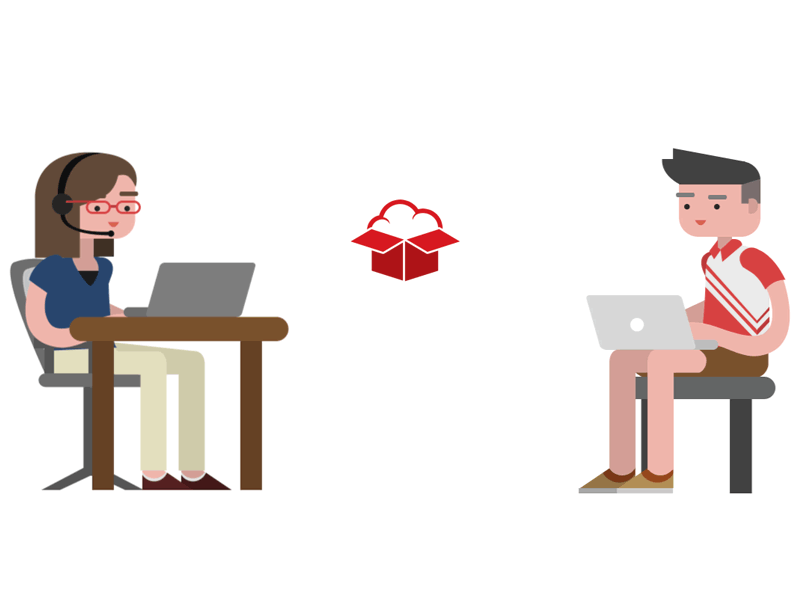Part III - Peer-to-Peer Lending | #OpenSourceFS
Published on Jan 14, 2019 ⸱ 4 min read ⸱ 62 views

Peer-to-Peer Lending (P2P Lending) has been a buzzword in India since the first bunch of startups were founded in late-2015. Quite quickly that hype died down in early 2017. A whole bunch of P2P startups raised a bit of funding and with that rose the experimental phase for P2P in India. Soon on the heels of that, RBI came out with its regulations in October, 2017. Regulation brought in a lot of structure in the P2P lending industry but also limited a bunch of things for P2P lenders. For additional reading on the broad strokes on P2P lending regulation in India as on 2017, click here.
As a VC, I've evaluated and tracked a host of P2P platforms since late 2015. At the time, there was a lot of ambiguity not just around external factors like regulation but even internal factors such as business models, revenue models, who qualifies as lenders/borrowers and so on. Regulation was supposed to bring in much needed clarity. It did, in many ways and didn't in just as many ways. Recently (early-2019), there's been renewed interest in P2P platforms. On the back of regulation and significant growth, P2P lenders are seeing a second coming.
Through 2015 to 2017, I developed a hypothesis on P2P lenders - sort of like a mental model to evaluate P2P lenders for investments. My hypothesis was based on interactions with several P2P lenders, representatives from Banks and NBFC's, consultants from the Big4 and so on. With P2P's second coming, I looked back at this hypothesis to see how much of it stands true even today.
Below, I highlight, broadly, my hypothesis and why I'm skeptical to invest in the P2P lending industry just yet. My stance is to wait and watch as to how the industry evolves. I'd be cautious of lending on these platforms as a Lender but will keep an eye out.
1. Industry is too nascent: P2P lenders are barely 3-4 years old with disbursement amounts in sub-INR 1 Cr per month levels for most. Whereas Non-Performing Assets (NPA's) are already upwards of ~5%. There will be a lot of pivots to come about in the space and business models will evolve.
2. Regulation is evolving and ambiguous: Regulations limiting amount lended by individuals and borrowed by individuals is a deterrent to build large businesses in the space. Sure enough, this limit will increase on the lender side but even then it will not change much. Besides that, from the NPA collections side, Other than what's existing (legal recourse through section 138 or even Insolvency or Bankruptcy Code) P2P lenders will find it tough to collect NPA amounts. One can even argue that P2P lenders are not responsible for collections, but that has ramifications on the trust brand of the platform.
3. High cost of acquisition of both borrower and lender: Most marketing in P2P at this stage will go towards market creation and education. That's expensive. Besides that, P2P lenders, by its very definition, will have to market its platform to both lenders and borrowers. Building trust with lenders and creating a brand around frictionless access to capital with borrowers. It's a marketing cycle that won't reduce with time (at least on the borrower side).
4. Uncertainty around collections & NPA's: My perception is that people that will borrow from P2P lending platforms are borrowing from a source of last resort. They've probably tried personal loans, credit cards etc. and have probably exhausted those options or have been denied from those options. If they've been denied then for what reasons? I believe defaults could be quite high for P2P players. Additionally, P2P platforms, in their current form, are only facilitators. Their revenue models don't matter if there are defaults on the platform. To me, that's a bigger problem.
This assessment may be entirely wrong but I'm willing to unlearn. My stance on P2P lending, as mentioned above, is to wait and watch. The market is definitely not going anywhere, solutions will come and go. I think there will be a lot of evolution and pivots in this space and some people may burn their hands doing so.
What do you think will happen in the P2P lending industry? What are your thoughts on some of the platforms out there today? Please write to me, would love to speak.
Onward.
You can read other posts from this series (#OpenSourceFS) as below:
Note: All blogs posts till 2022 were migrated to this platform (react+next+tailwind). While all efforts were made to migrate wihtout any loss, the migration lost some images and broke a bunch of links in old posts. If you spot anything amiss, please notify me?